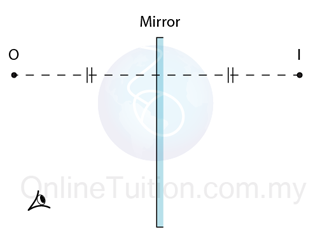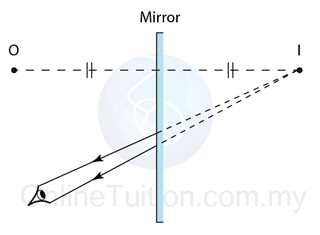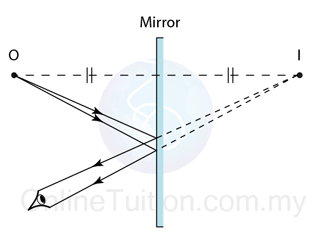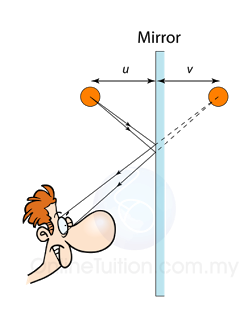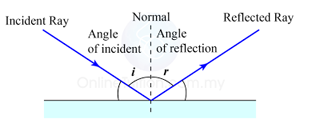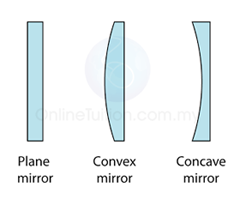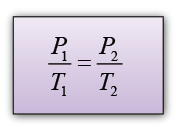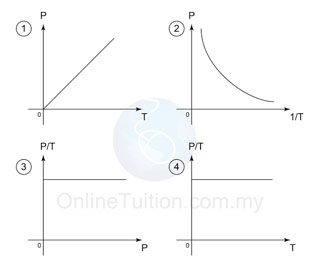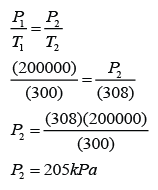- The value of sini/sinr is called the refractive index of the medium and it gives you an indication of its light-bending ability.

- In SPM, when we say “refractive index”, what we mean is the absolute refractive index of a substance. The absolute refractive index of a substance is the refractive index where light ray travels from vacuum (or air) into the substance.
Refractive Index and the Speed of light

or
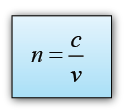
( Note that the greater the refractive index of a medium, the lower is the speed of light. The more light is slowed, the more it is bent. )








